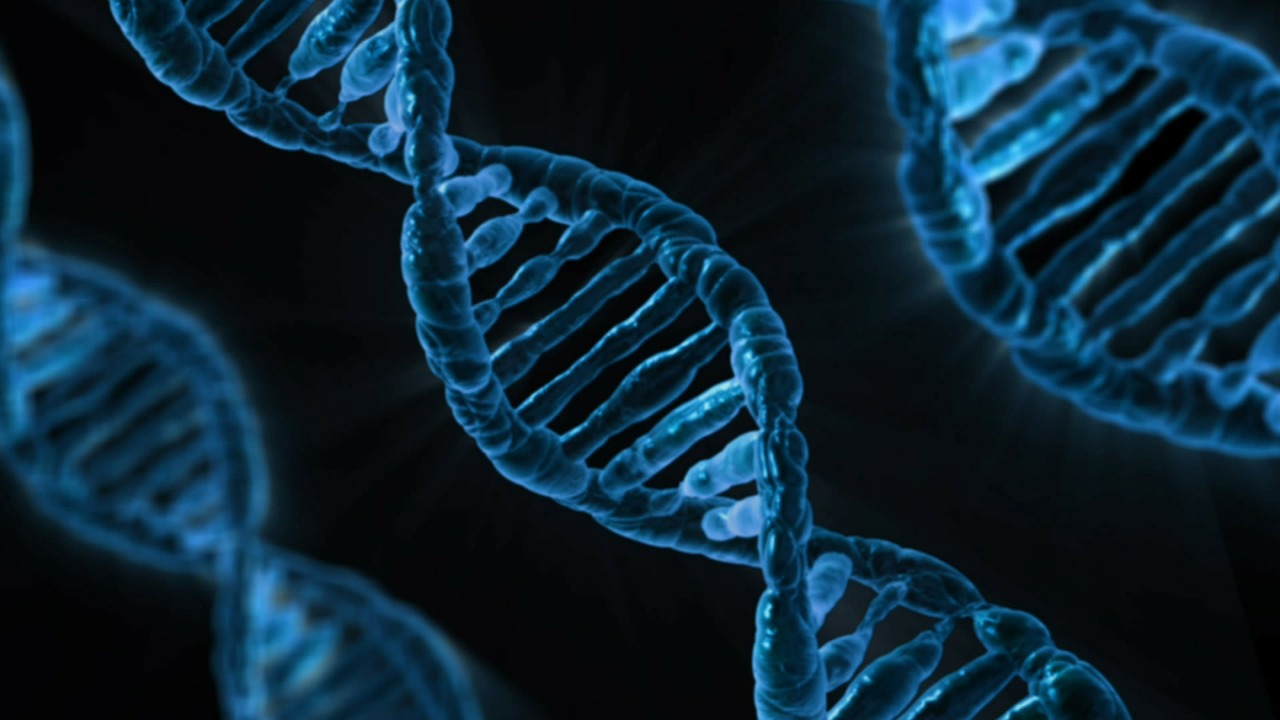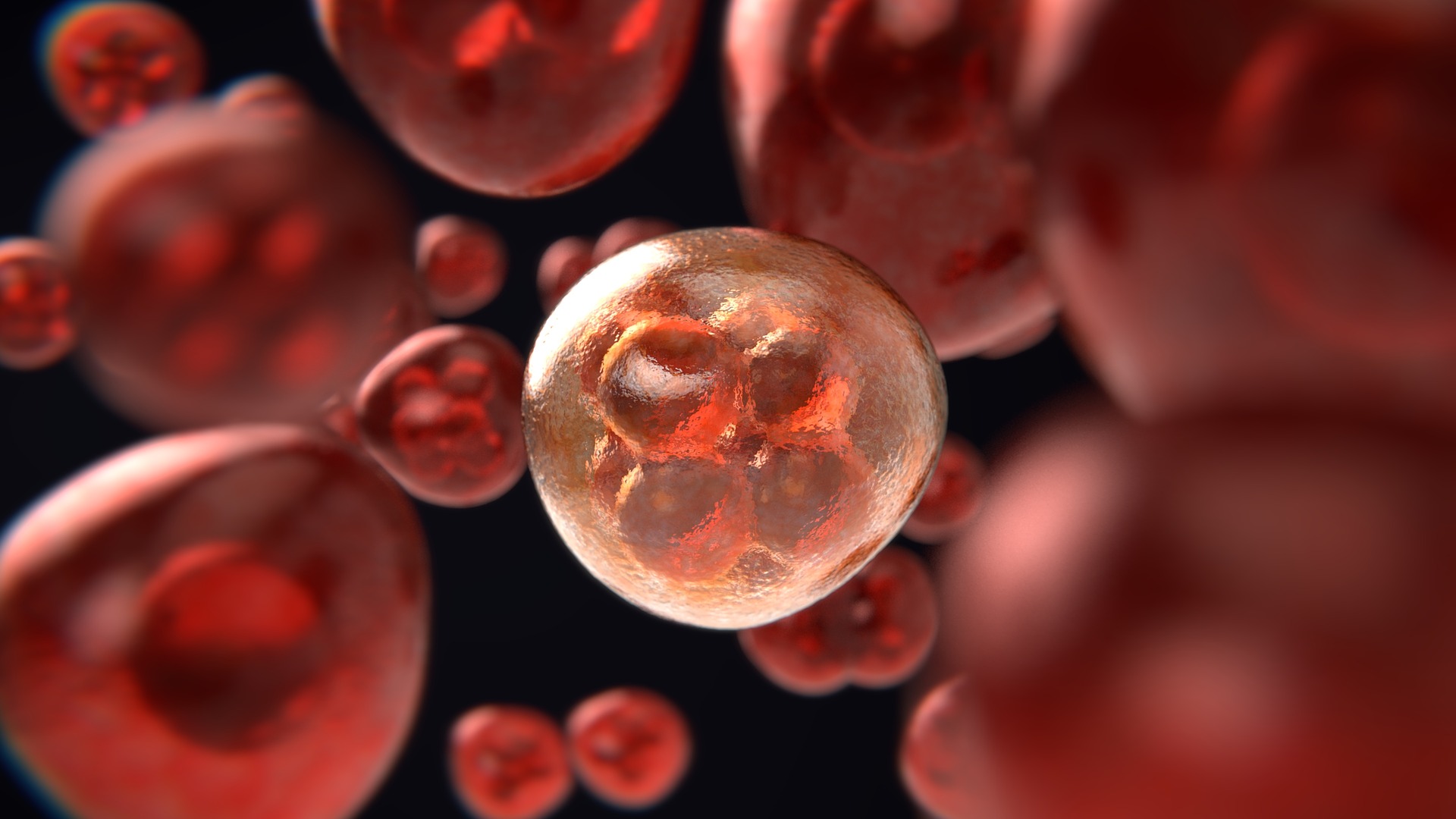Last Updated on June 20, 2022 by Mostafa
The recording of data in all aspects of life is one of the most important elements of the present technological progress we are witnessing. Data storage allows the recording of all types of updates: scientific, social, historical, artistic, etc., which helps researchers and thinkers to continue the development and construction, and allows the transfer of these developments from one person to another, giving the opportunity for different minds to leave their mark to develop various aspects of life. Data is defined as an unrelated series of facts, which can be obtained by observation or by research and recording. Data recording is also known as the process of storing or recording information. This recording can be done using any form of energy, such as sound oscillations in phonograph sound recording, or electromagnetic energy to modify a magnetic strip or optical disc.
Create a FREE Virtual Labs Account Now!
We have witnessed a great development in the methods of data recording, from the use of rock sculpture to the use of handwriting on paper, then the invention of printing and use for writing, then the emergence of computers, and thus the emergence of hard disks, optical discs, etc. The latest form of data recording that scientists seek to use is recording data using DNA! Will they be able to do this? Let us shed light on DNA, what its importance is, and how it can be used as a method to save and record data.
Table of Contents
DNA

DNA can be defined as molecules responsible for the storage and translation of genetic information in all living organisms. The nucleus of the cell is where DNA is located. Its shape can be described as a double spiral ladder and consists of two bands that make up the chromosomes carrying the genetic traits. These chromosomes contain genes that carry specific genetic information.
DNA refers to DeoxyriboNucleic Acid, which is responsible for carrying all the genetic information existing in cells from one generation to another. DNA can be extracted from blood, hair, nails, saliva, and mouth cells.
The virtual biology lab from PraxiLabs contains DNA extraction experiments, which illustrate the steps of DNA extraction from cells. You can start your free trial from PraxiLabs here.
Join Us Now for FREE
DNA Discoverers
In the 1950s, a strong competition started among the greatest biologists in history to find the shape and composition of DNA. One of the teams involved in the competition was the trio of Francis Crick, James Watson, and Maurice Wilkins. It is worth mentioning that Wilkins Wilkins was part of the Manhattan Project that produced the first nuclear bomb. He was feeling guilty that he had made this method of death, so he decided to atone for his guilt by participating in this life-making discovery, DNA.
Francis Crick and James Watson started their DNA research in 1953. And then Wilkins briefed Watson on the X-ray reflections he filmed for genetic material—Wilkins was a specialist in X-ray molecular imaging. After that Watson rushed to Crick to show him these images. Crick, then, was able to discover the current DNA form—the double helix—and Watson reached the chemical composition of DNA. Francis Crick, James Watson, and Maurice Wilkins were awarded the 1963 Nobel Prize in Medicine.
DNA Composition and Function

DNA contains a small organ in the cell called “mitochondria,” which is the part responsible for the generation of energy necessary for the cell. If the genetic material is distorted—whether in the nucleus or mitochondria—it can lead to serious illnesses of the parents or their children. Body cells (muscle cells, bones, skin, etc.) contain 46 chromosomes, where the sperms in men and the egg cells in women are half this number (23 chromosomes).
Try 3D Virtual Labs Now
When the egg cell is fertilized in the uterus, this leads to the fusion of chromosomes from the sperm and its egg cells counterpart, resulting in 46 new chromosomes. Consequently, children acquire genetic traits from parents as a result of these common chromosomes. DNA also keeps the amount of genetic material stable in the body, where the increase or decrease in the number of chromosomes in children lead to serious complications, which may cause death.
The DNA in a fertilized egg cell carries information about human evolution and the functions of its cells and organs. After fertilization, the egg cell divides millions of times so that each newborn cell contains the same genetic material and genetic information that was in the fertilized egg cell. Each cell then takes a specific position and activates the relevant part of the genetic material. For example, the cells that will become the muscles activate certain parts of the chromosomes, different from those that will become the stomach lining.
The DNA of each person on the planet is similar to the DNA of other people by about 99.9%, and only 0.1% is what makes people different from each other.
The function of DNA can be summarized in the instructions for the required cells to perform their functions, so it can be likened to DNA as a computer windows. While the cell is the computer to run, it is the windows that issue instructions to the computer to perform its functions.
Store Data using DNA
DNA is the oldest storage device in nature. It contains all the information necessary to build and maintain human. But what makes DNA so great is its ability to store dozens of information in a very small space.
For millions of years, DNA has stored vast amounts of important information–genetic data that supports all life on Earth. Because of this great ability to store data, researchers seek to employ it to store unlimited digital data securely, to carry human knowledge over the centuries.
The Swiss Federal Institute of Technology in Zurich is conducting a giant project to preserve digital data for long periods by using DNA as a storage medium.
Recently, binary code using DNA has become an innovation that attracts many. At Craig Venter institute, scientists have added code containing their names and some quotes in an industrial genome. In Harvard, the researchers stored a novel, a collection of images, and a JavaScript program in a sequence of DNA. Meanwhile, a biochemist at the University of California helped the Ok GO band keep their next album on DNA, but it is unclear how the album will be played back yet.
Here is a TED video of bioinformatics scientist Dina Zielinski’s talk about the evolution of DNA data recording.
It is important to note that the Venter trial costs about $ 40 million, while the Swiss Institute’s experiments are expected to cost up to $ 18 per kilobytes, apart from data storage and retrieval costs. Therefore, this technology is very expensive compared to the use of existing data recording tools.
Here is a TED video of bioinformatics scientist Dina Zielinski’s talk about the evolution of DNA data recording.
